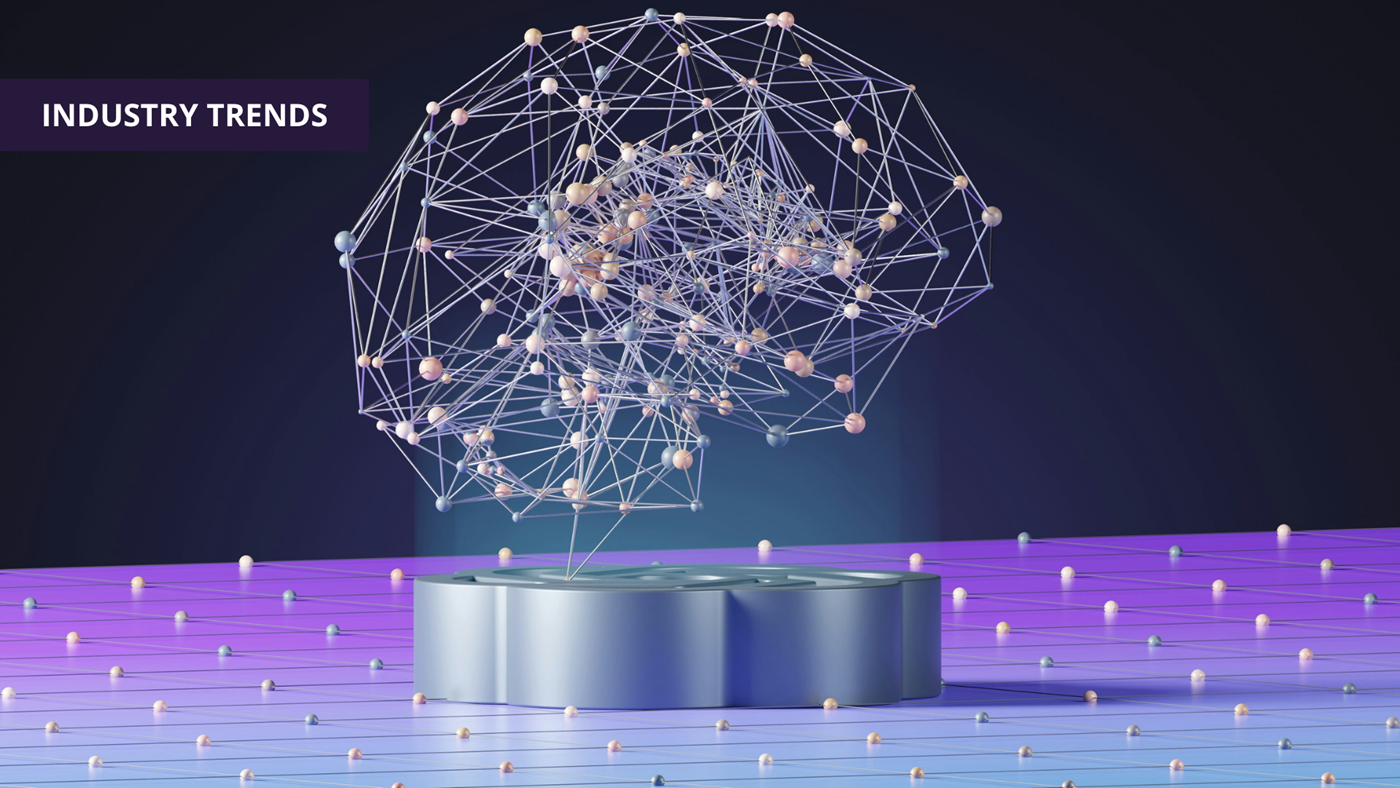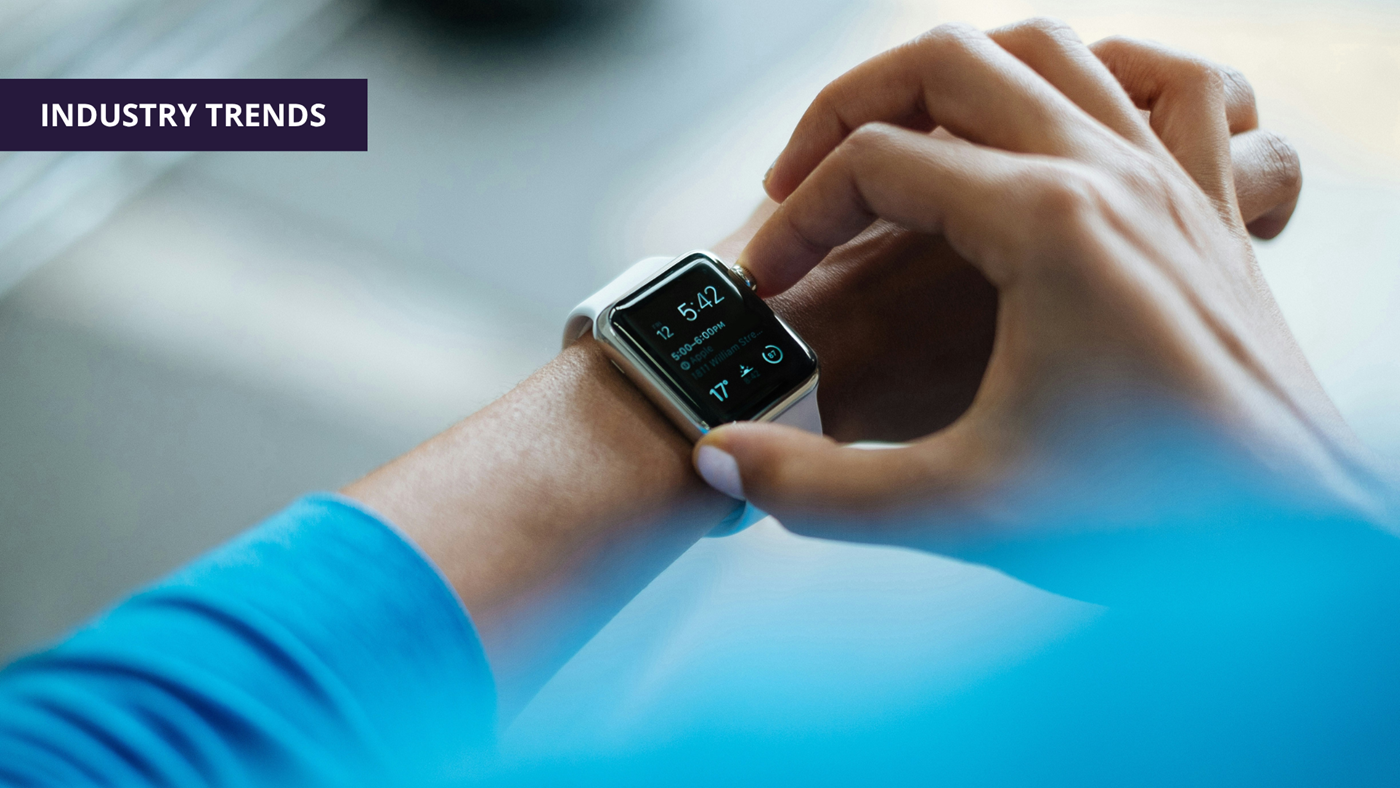Jeff Erbert | 15 February, 2024
AI in Healthcare
Though artificial intelligence isn’t necessarily a new notion (early conversations date back to the 1950s with Alan Turing’s work “Computing Machinery and Intelligence”) it has reached a point of sophistication and accessibility to have a deep impact on the way we do things, hospital operations included.
This inevitable revolution in healthcare is unfolding daily, as software engineers, healthcare providers, and business leaders find new ways to harness the power of this technology. In this blog, we intend to explore five of the many ways that AI could impact existing hospital operations.
1. Precision Medicine and Personalized Treatment Plans
Healthcare is personal. Not only from a data-sense, but also from a care standpoint. For best outcomes, each person needs their own coordinated plan of attack and AI can help providers develop that plan more quickly.
For instance, let’s say a patient has an expansive chart that spans over several years. That’s a lot of information for a patient to recall or a provider to take in. In the article, “How AI can help physicians with pre-encounter medical record analysis” by Medical Economics, the author writes that providers “spend valuable time playing catch-up to understand a patient’s current needs, or risk missing out on important insights”.
With current AI technology (and the appropriate access to electronic health records), providers could prompt the program about a patient’s history and it will return the sought after information quickly and accurately, thus allowing the provider to choose how to proceed.
2. Predictive Analytics for Enhanced Patient Care
In a similar vein, AI is being used to create possible patient trajectories (also drawing on personalized patient information). The Journal of Medicinal Internet Research, in one paper, delineates how data – whether it’s collected over a long period of time from wearable health tech or has been collected in real time – can help providers predict the needs of their patients and set expectations for outcomes.
The hospital can then collect and query that data to make organizational decisions like ordering supplies, hiring specialists, or building new facilities to meet impending future demands.
3. Faster More Accurate Facilities Maintenance
In “AI & Pneumatic Tube System Maintenance”, we go in depth on our own use of AI and its role in performing fast and efficient repairs on the transport backbone of the hospital – the pneumatic tube system. Essentially, TransLogic technicians are able to harness decades of technical repair information and use it to diagnose and/or repair pneumatic tube systems quickly, efficiently, and accurately.
However, this approach is hardly restricted to pneumatic tube system or pharmacy automation solution repairs. In the coming months, hospitals will likely see other operational systems – like HVAC, plumbing, or electrical — benefit from the same methodology.










